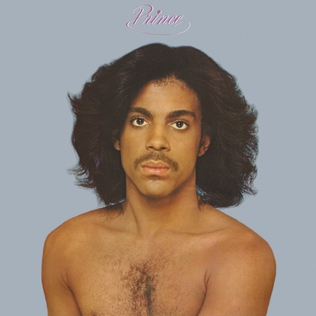That’s a lot of back story, but maybe it will get people to appreciate this underrated gem, which sports rich production, regretful but otherwise impenetrable lyrics, and plenty of dynamics. Spanish imagery seems to be a key theme here, as portrayed in the artwork and the songs themselves (the title track, the punning and slinky “Sketches Of Pain”, and “Los Reyes Catalicos”, which appears halfway through and again as a reprise) but if there’s a story here we haven’t figured it out.
In between are all kinds of catchy tunes, most flowing in and out of each other, making something of a suite that still supports the idea of a concept. “Falling Down” builds from a very simple guitar riff to a track that should have been a hit single, if people still cared about TFF. “Secrets” begins with “Imagine”-style piano—something of a trend in the ‘90s—before escalating into a soaring statement in their own style. The weakest track is “God’s Mistake”, which sounded dated even when it was tried as a single, but even in this company it’s doesn’t require skipping.
“Sorry” simply explodes from the speakers with a lot of energy, and “Humdrum And Humble” builds on the retro-soul stylings popularized by Seal. “I Choose You” is the slow ballad, and a sentiment Ralph Wiggum can get behind. Reading the lyrics for “Don’t Drink The Water” won’t help, but does get the feet going again, while “Me And My Big Ideas” sneaks in TFF mainstay Oleta Adams just before the album finishes.
One of the best things about Raoul And The Kings Of Spain is that you can probably find it in a used bin for under five bucks. Thank the waning consumer confidence in the Tears For Fears brand, because with this album, their loss is your gain. (The album was expanded some fourteen years later by a UK-based reissue label, which added several era B-sides, including “Queen Of Compromise”, which was part of the original album sequence before the set was rejigged in favor of “Sorry” and “Humdrum And Humble”, and the superior “All Of The Angels”. The current streaming version also adds a live cover of Radiohead’s “Creep”.)
Tears For Fears Raoul And The Kings Of Spain (1995)—4






.jpg)

